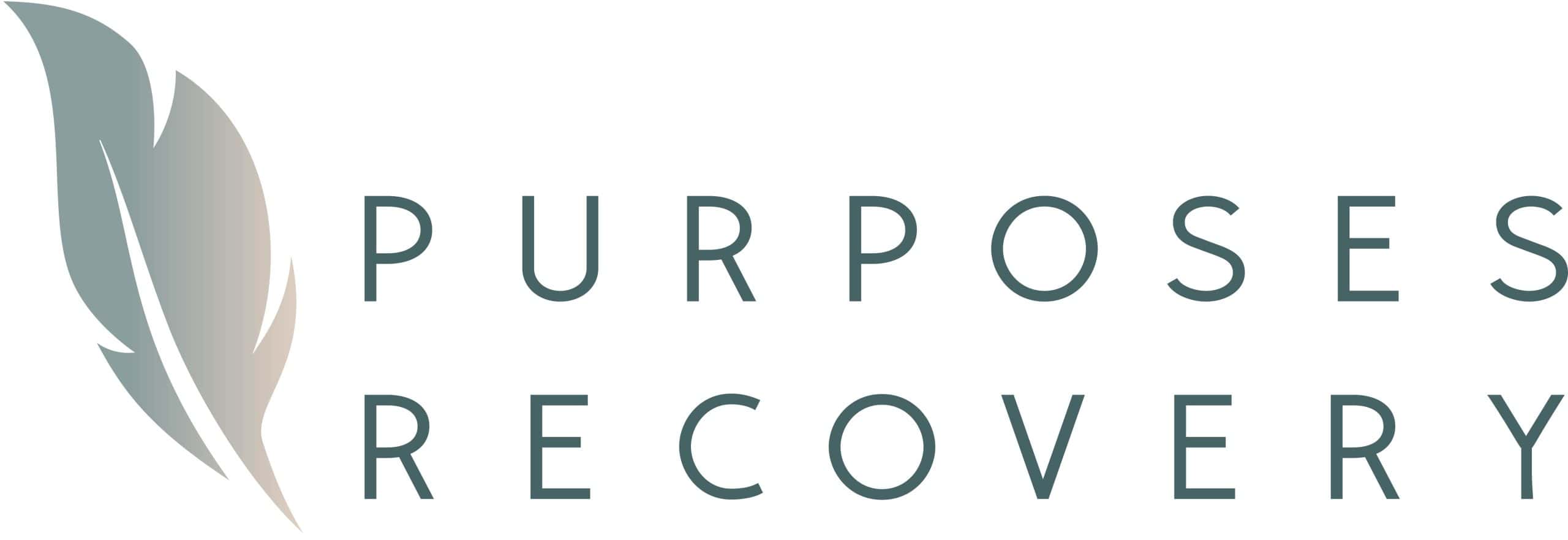Fear of withdrawal often prevents people from considering sobriety. But the unfortunate reality is that a person can’t stop without dealing with these symptoms at some level, which is where medical detox comes in.
In a medical detox program, a patient can quit with professional help, receiving medical and perhaps even medicinal care to dampen the intensity of the individual’s withdrawal. With a clean slate, the patient is better able to learn strategies to avoid substance abuse in the future.
What is Medical Detox?
Medical detoxification refers to the process of clinically managing a patient’s withdrawal symptoms until he or she has stabilized.
The process of medical detoxification is usually broken into three steps, which are:
- Evaluation
- Stabilization
- Fostering entry into treatment
During the evaluation, there’s a comprehensive assessment of medical, psychological, and social conditions that affect the patient’s situation. Typically, comprehensive blood work fills in a lot of health details as well as some history of substance abuse. From this information, providers will put together a treatment plan.
During stabilization, a patient is guided through the symptoms of withdrawal in a safe environment. Depending on the severity of his or her substance abuse, and whether or not this is the first attempt at a detox, these symptoms can vary. At this point, a patient can be given medicine for withdrawal symptoms, regular checkups, and support.
Not only are they given supportive atmospheres to recover in, but a path to follow to sobriety.
Finally, a patient is fostered into treatment. During this state, professionals stress the importance of following through with the substance abuse continuum of care. Getting patients into treatment is another way that medical detox programs help them. Not only are they given supportive atmospheres to recover in, but a path to follow to sobriety.
There are actually two types of medical detox, known as acute detox and sub-acute detox. During acute detox, a person with a severe addiction is monitored twenty-four/seven in a hospital-like facility. Since withdrawal symptoms can be dangerous, professionals need to stick around to keep watch for any complications or side effects.
Sub-acute detox is when a person in recovery has less severe withdrawal symptoms. A patient undergoing a sub-acute detox doesn’t need as intense care yet is still monitored and provided medication if needed.
How Long Does a Medical Detox Take?
Medical detox takes roughly a week and usually are at their worst within twenty-four to seventy-two hours. In general, different detox symptoms are going to appear the longer it’s been since a person stopped using. Plus, they’ll change depending on a person’s history, which is another reason why it’s so important to undergo detox in a safe environment.
Six to twelve hours after cessation, the individual is likely experiencing insomnia and anxiety. There are also physical symptoms like tremors, sweating, gastrointestinal discomfort, and a quickening heartbeat.
Twelve to twenty-four hours later, the patient could be experiencing alcoholic hallucinosis, which is when someone experiences visual, auditory, or tactile hallucinations as a result of abruptly ceasing alcohol consumption. These symptoms usually resolve within forty-eight hours.
Twenty-four to forty-eight hours later, a patient could experience seizures in extreme cases. They’ve also been reported as early as two hours after a person’s last drink.
Finally, forty-eight to seventy-two hours later, a patient may experience something called alcohol withdrawal delirium. This condition is characterized by a cloudy consciousness and delirium with a mortality rate of one to five percent. This usually happens to older patients, but it can also happen with certain concurrent, acute medical illnesses. It’s also a risk with daily heavy alcohol use, a history of the side effect, abnormal liver function, and more severe withdrawal symptoms in general.
Hopefully, we have provided you with a better understanding of medical detox treatment and, perhaps more importantly, why it’s such an important part of the recovery process. Because when individuals focus on sobriety in a safe, calm environment, he or she is better able to prepare for the next step of recovery.
Spend Time Healing with Purposes Recovery
If you need medical detox, Los Angeles is a great place to look. Located in beautiful Southern California, Purposes Recovery offers plenty of help at our top-rated Los Angeles detox program where you can get back control of your life. Call our toll-free number today to find out about our services, and check into detox as soon as the same day.



